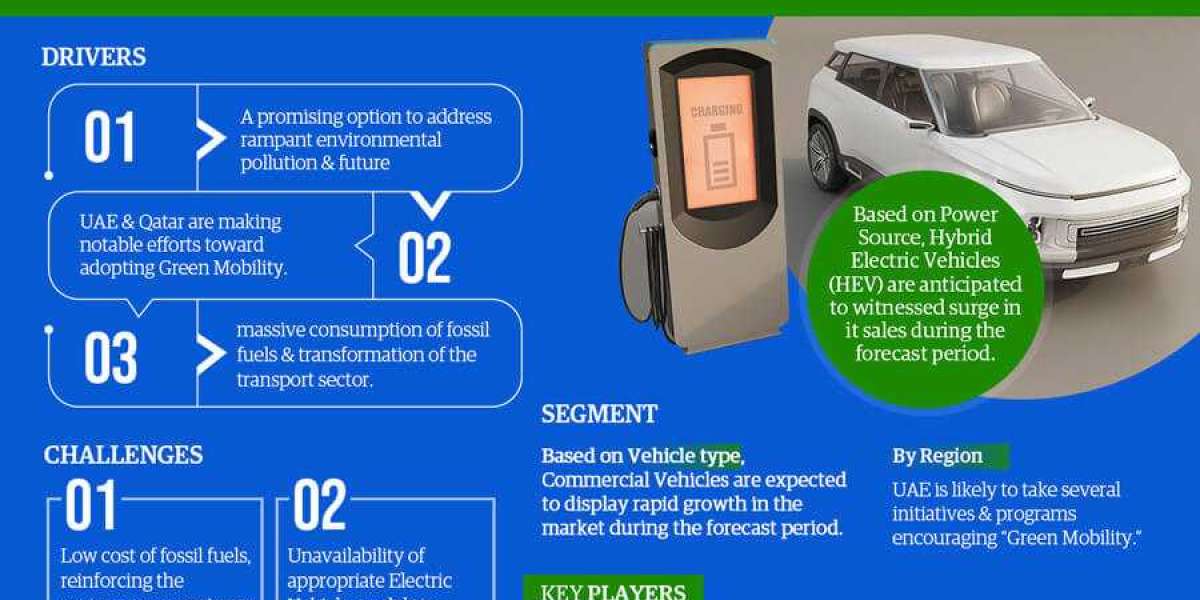In 1997, scientists at BMS published in Nature Medicine, demonstrating that the 4-1BB monoclonal antibody could induce improved activation of anti-tumor T cells, leading to the eradication of tumors in mouse models. Subsequently, BMS developed the 4-1BB agonistic antibody urelumab, but it exhibited significant hepatotoxicity.
First-Generation 4-1BB Agonists
The first generation of 4-1BB agonists is represented by urelumab (BMS-663513) and utomilumab (PF-05082566). Clinical development of 4-1BB antibody agonists began in 2005 with urelumab for the treatment of advanced cancer (NCT00309023). Initial results were promising, but two fatal adverse events related to liver toxicity occurred. Subsequent attempts with a safe dose (0.1 mg/kg) showed limited efficacy.
The second 4-1BB agonistic antibody, utomilumab (PF-05082566), entered clinical trials in 2011 (NCT01307267). Unlike urelumab, utomilumab did not induce significant toxicity but demonstrated very limited efficacy, even when combined with ipilimumab, leading to its eventual discontinuation.
Two Paths of Second-Generation 4-1BB Agonists
The primary challenge lies in understanding the positioning of 4-1BB: whether it functions as a co-stimulatory molecule (immune modulator) or plays an auxiliary role.
Using 4-1BB agonists as monotherapy at safe doses is insufficient to fully activate T cells. Increasing the dosage poses the risk of hepatotoxicity.
The two paths for second-generation 4-1BB agonists involve either combining them with potent drugs or developing bispecific/multispecific antibodies.
Combination Therapy
While 4-1BB expression correlates positively with the functionality of anti-tumor CD8+ TILs in solid tumors, 4-1BB expression on T cells is diverse and dynamic. To fully exploit the effects of 4-1BB agonists, combination therapies that enhance 4-1BB expression are considered ideal.
Combining with immune checkpoint inhibitors (most commonly used) has shown synergistic effects in preclinical studies. In clinical trials, 12 different 4-1BB agonists have been combined with PD-(L)1 inhibitors, optimizing the mechanism of action through receptor occupancy.
Apart from immune checkpoint inhibitors, Roche’s RO7227166 (CD19X4-1BB) is being studied in combination with Cibisatamab (CEAXCD3) or anti-CD20 monoclonal antibody Obinutuzumab (Gazyva) for treating B-cell non-Hodgkin lymphoma. Legend Biotech’s LVGN6051 is combined with VEGFR inhibitor Anlotinib.
Bispecific/Trispecific/Four-Specific 4-1BB Agonists
Another group of second-generation 4-1BB agonists involves bispecific, trispecific, or four-specific antibodies. One arm of the antibody targets 4-1BB, and the second target varies, including tumor cell surface molecules (HER2, PSMA, EGFRvIII, Claudin18.2, ROR1, Nectin-4, CD47, CD19, etc.), tumor stroma and tumor-infiltrating lymph node surface molecules (such as FAP), tumor cells, and antigen-presenting cell surface molecules (such as PD-L1), or molecules expressed exclusively on immune cells (CD40, OX40, CD3).
4-1BB ranks as the 6th target for bispecific antibodies and holds the 1st position for non-T cell engaging bispecifics, partnering with PD-L1.
Conclusion
Over the past five years, research on second-generation 4-1BB agonists has significantly expanded, overcoming the limitations of the first generation to achieve safe and effective 4-1BB aggregation. So far, all 4-1BB agonists have demonstrated good safety and tolerability with controllable irAEs. However, effectiveness still awaits further validation over time.














